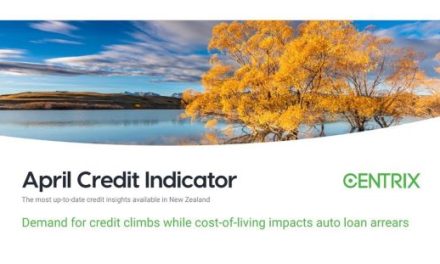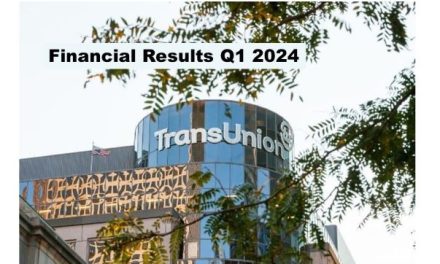Consumer demand for credit has remained high in the third quarter of 2019 in the face of difficult economic conditions, according to a newly released TransUnion Industry Insights Report. It shows that outstanding balances increased across all major consumer lending categories, including bank personal loans.
In difficult economic times, consumers often use personal loans as a source of liquidity to help pay other bills and fund day-to-day expenses, according to the report
Credit for everyday expenses
 “As tough economic conditions continue to bite, there has been a rise in consumption lending. This is where consumers use credit to help with everyday living expenses. With the recent growth in bank personal loan originations, as well a sustained increase in outstanding balances for transactional lending products including credit cards, it is clear that many South African consumers are struggling to get by,” commented Carmen Williams, director of research and consulting for TransUnion South Africa.
“As tough economic conditions continue to bite, there has been a rise in consumption lending. This is where consumers use credit to help with everyday living expenses. With the recent growth in bank personal loan originations, as well a sustained increase in outstanding balances for transactional lending products including credit cards, it is clear that many South African consumers are struggling to get by,” commented Carmen Williams, director of research and consulting for TransUnion South Africa.
“Given the importance to consumers of having ongoing access to credit, it is gratifying to see that lenders have continued to make credit available. At the same time, with delinquencies continuing to rise across most credit products, lenders need to be diligent in their underwriting and portfolio management strategies to ensure the ongoing health of their own balance sheets.”
Rising delinquencies
Overall serious delinquency rates for bank personal loans – measured as the percentage of accounts three or more months in arrears – stood at 22.0% in the third quarter of 2019.
According to the report, bank personal loans have increased over the past three quarters, with year-on-year new account growth above 30% in each quarter after a declining or flat trend compared to the same period in 2018. The report regards this as likely an indication of strong demand for credit by consumers.
Mortgages also recorded a rise in outstanding balances as lenders support consumers struggling to raise larger deposits, according to the report. It found the average house buyer has an upfront deposit of less than 10% on the total purchase cost.
“Although average house prices have increased at a slower rate than inflation, they have still grown, and this has led to a general increase in overall mortgage balances. With growing pressure on disposable incomes, many consumers are unable to save a bigger deposit to keep pace with house price movements and are instead having to prioritise everyday living expenses,” said Williams.
“The fact that mortgage lenders are willing to finance a relatively bigger percentage of the purchase price continues to provide support for South African consumers looking to become homeowners.”
Rising concern
The rise in delinquencies was particularly pronounced for non-bank personal loans – the eighth consecutive quarter that non-bank personal loans recorded an increase in delinquency rates. Furthermore, delinquencies in vehicle finance more than doubled to 5.5% in the third quarter 2019.
The report expresses a concern around balloon payments and customers’ ability to repay or refinance these large payments at the end of their vehicle loan term. As for credit cards, the third quarter of 2019 was the second consecutive quarter of year-on-year increases in delinquencies and, according to the report, it indicates that lower-risk borrowers – the primary market for credit card issuers – are also beginning to feel the pinch of difficult economic conditions. Serious delinquency rates for the so-called super prime and prime segments, for example, increased by 23.6% over last year.
As for the outlook in the lending industry, Williams said, given the current delinquency rates, lenders seem to be shifting their focus to lower-risk borrowers in order to protect their overall portfolio health. “Credit is an important catalyst for investment and growth and its continued availability will be a key factor as South Africa looks to navigate challenging economic times,” said Williams.
Source: FIN24.com


























